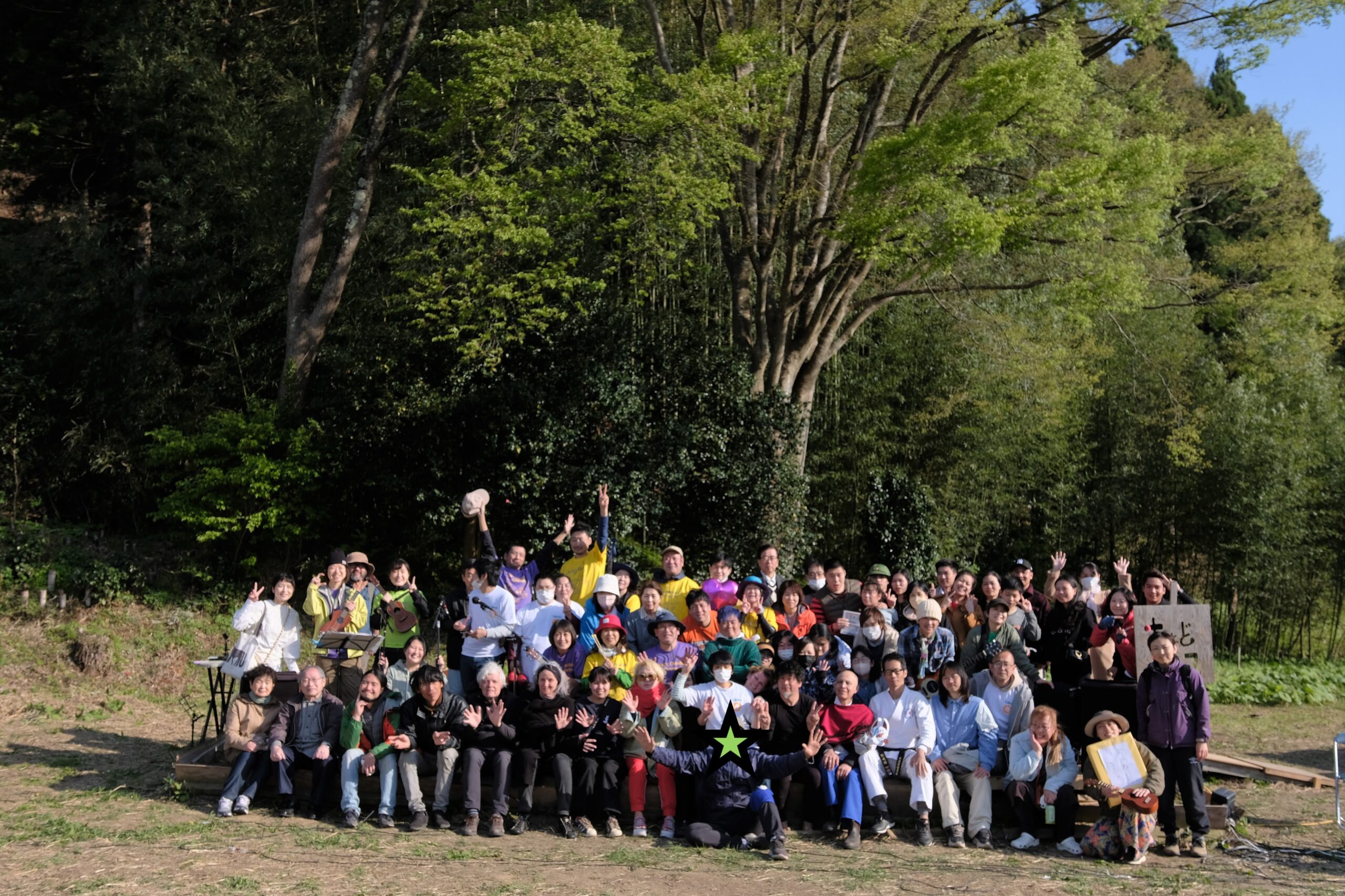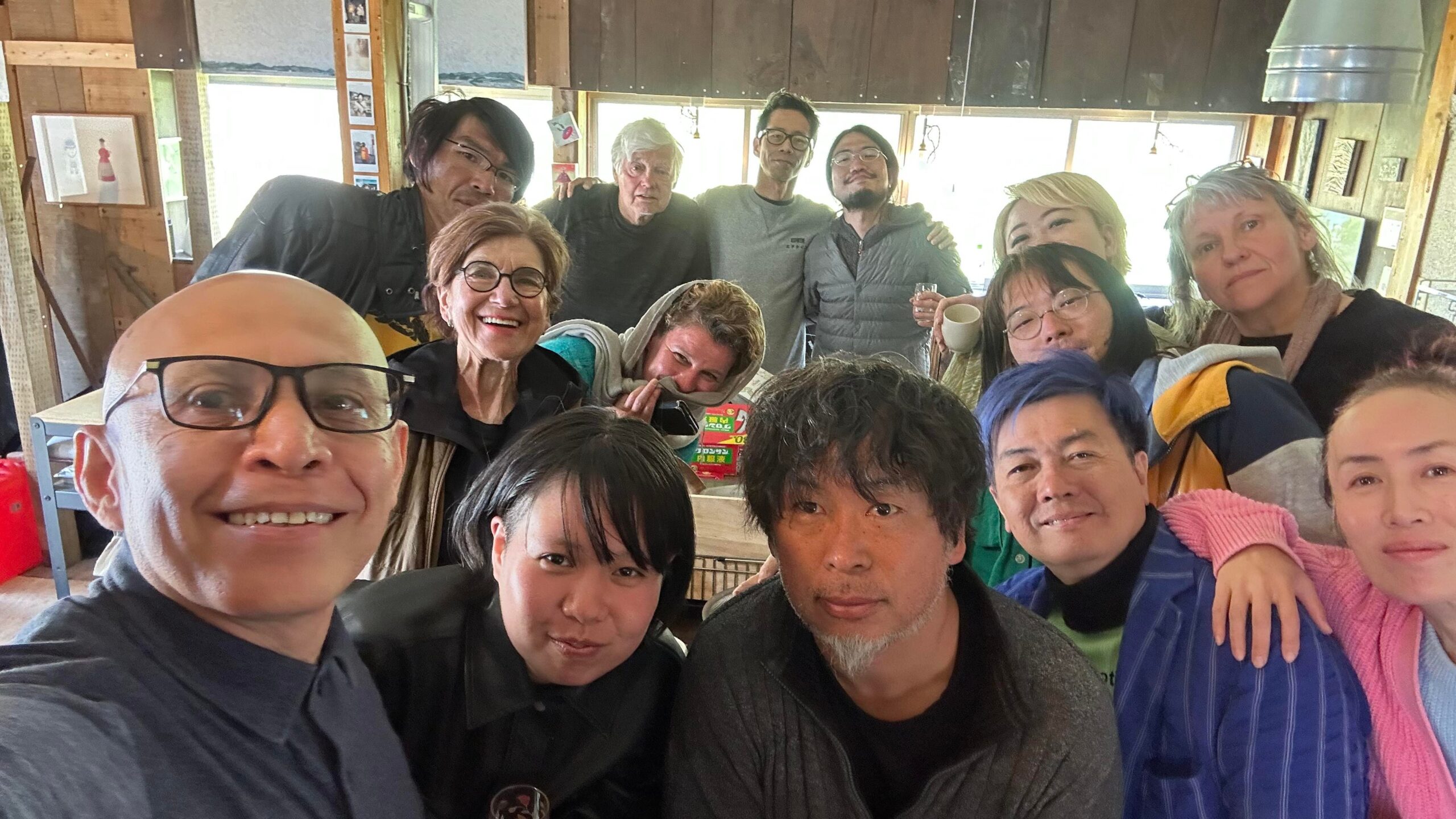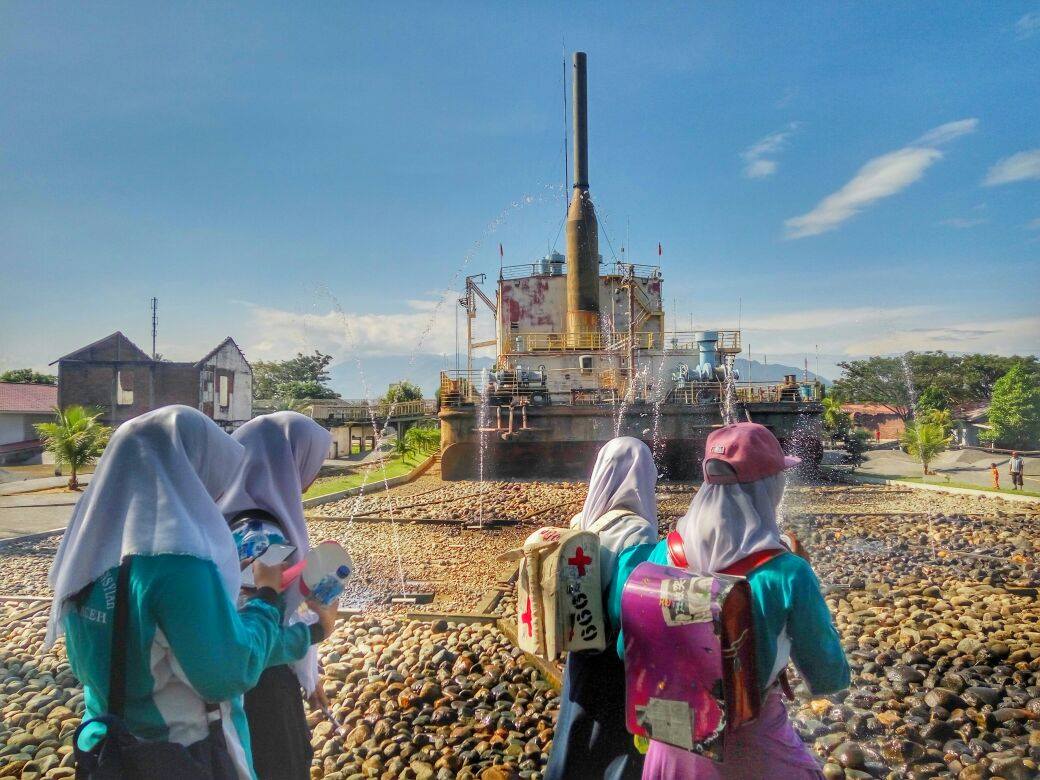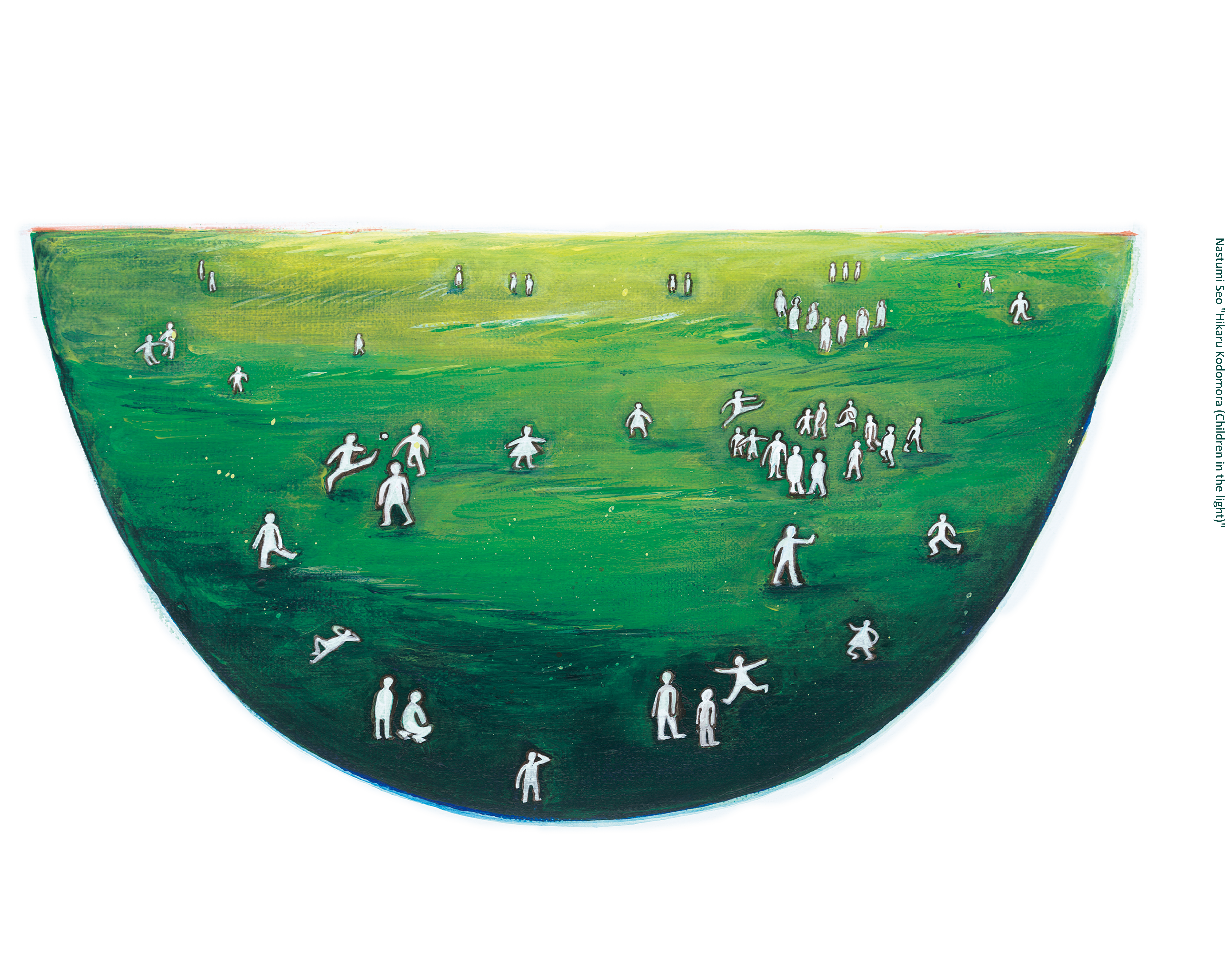Randoseru backpacks as surplus relief supplies>Transformed into artworks to connect the will of support
The Field Trip Project started in March 2012 by Daisuke Takeya, an artist living in Toronto, Canada, and Chie Kajiwara, an art teacher living in Onagawa Town at the time. Due to difficulties in matching relief supplies, we received Japanese Randoseru backpacks from Onagawa Daiichi Junior High School, which were surplus relief supplies, and were scheduled to be disposed. 35 of the school bags were sent to Canada and transformed into works of art by 35 artists, and sent back to the disaster area, and became a form of communication that can be delivered to people in the area. Afterwards, an equal number of 35 artists from Japan contributed their works.
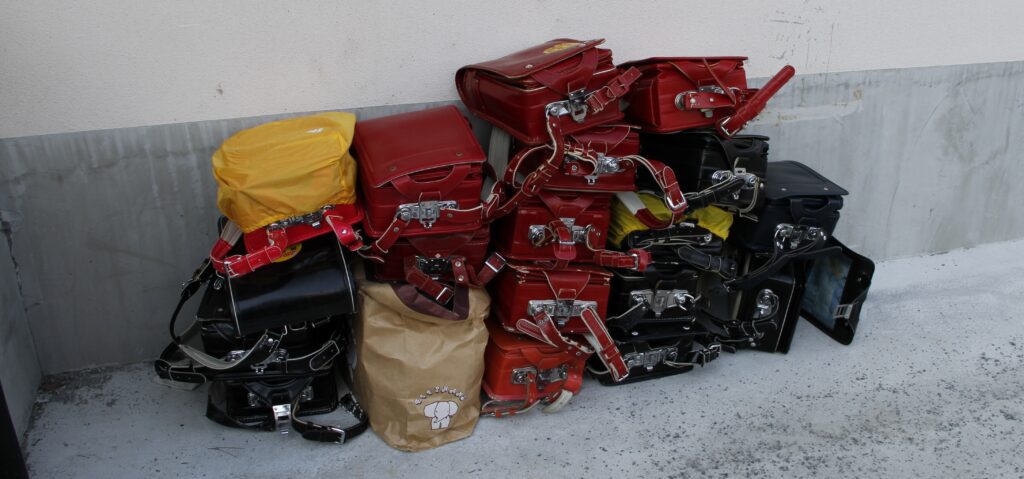
Issues raised in the disaster-stricken areas at the time included; wanting some colors in the town covered in gray rubbles, wanting to create a place for children whose playgrounds and schools had disappeared, whether something could be delivered to people isolated in temporary housing due to the loss of their local community, and whether it was possible to eliminate the difference in temperature between disaster-affected and non-disaster areas through exchanges.
The project is characterized by creating a place to hang out (=creating a place to hangout), going on a field trip (=going on an excursion), and having people of all ages and genders carry the work on their backs, thereby becoming a work of art themselves.
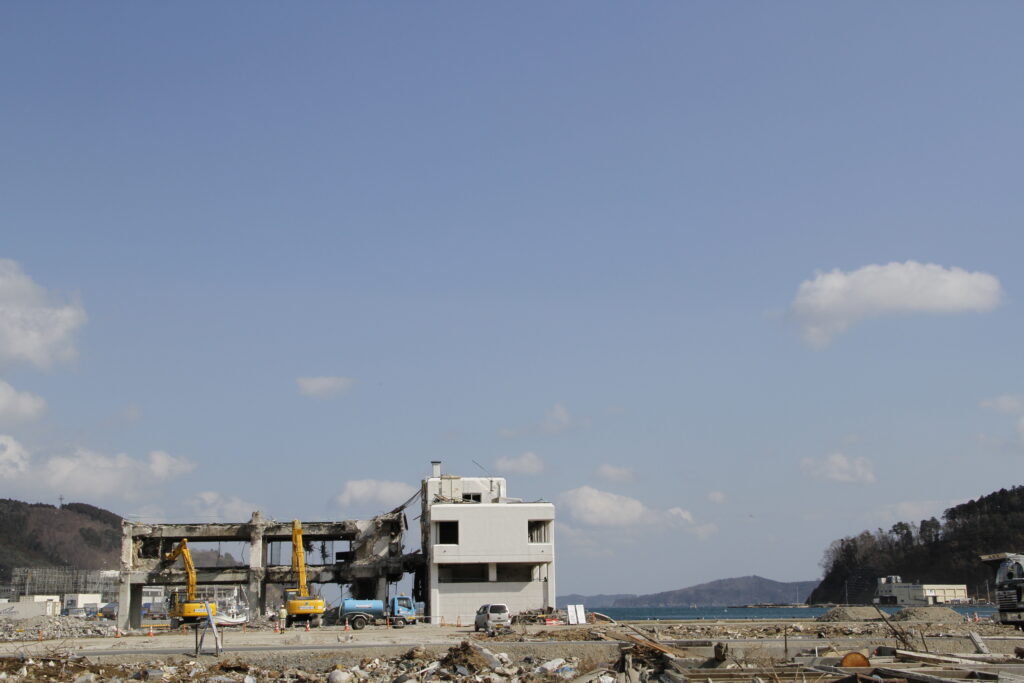
The use of the Randoseru school bag also functions as a metaphor for learning, growing, and accumulating memories, which are passed on by conveying them to the people around you using your own words and sense of confortable distance. Because you (as a person involved) can get involved from a perspective that is comfortable for you, even children can learn from it as a fun experience, unlike the photos and videos that document the disaster. After that, the project went on excursions (tours) to various “cities-towns”, 20 places in Japan and 3 cities in Canada, and while conveying the current situation of the disaster-affected areas, thinking of ideas for reconstruction, and solving problems faced by the communities in each destination, and contributed to the revitalization of the region and form a network while also focusing on the future.
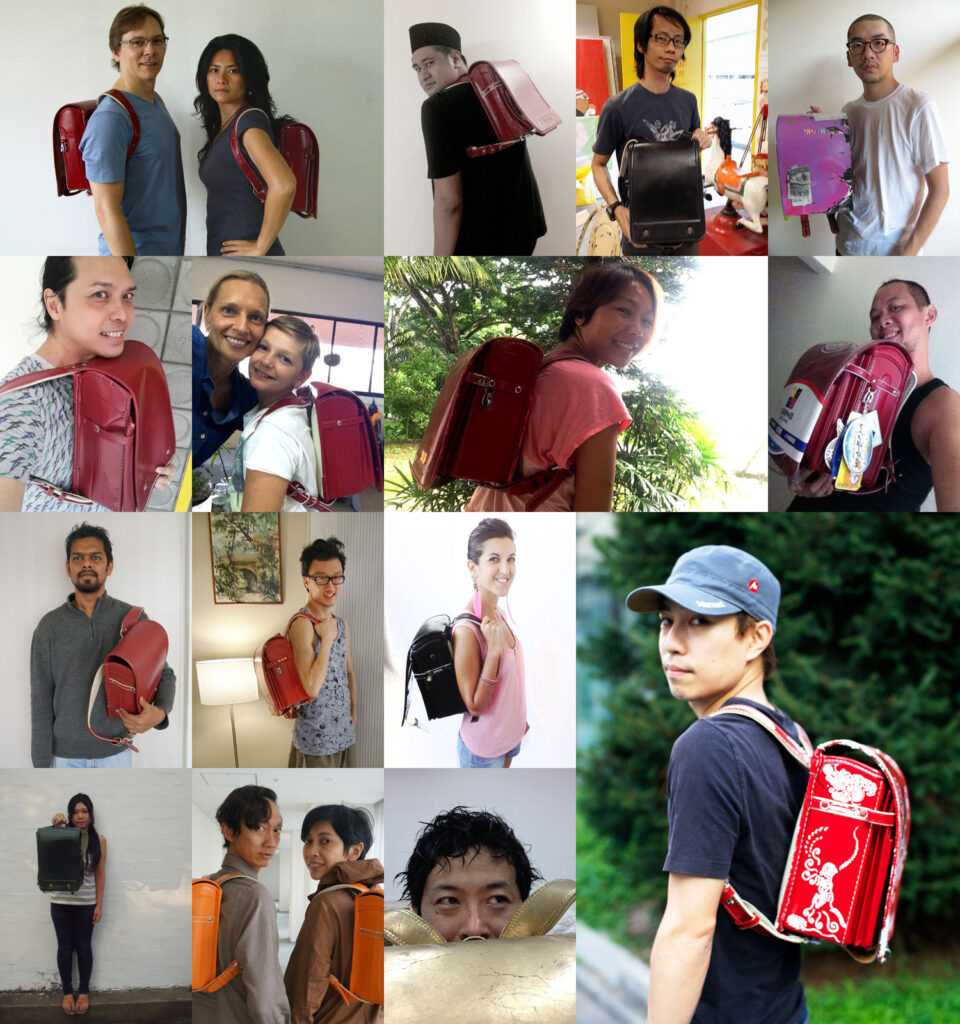
After that, more Randoseru school bags were provided in Ishinomaki City and other places, and we started Field Trip Project Asia with the idea that we could share the local issues in disaster-affected and non-disaster areas in Asian countries and regions other than Japan. Through discussions with local curators, we broadened our perspective from the folklore of the Great East Japan Earthquake to various environmental issues surrounding our societies, and by applying it to the local contexts, we realized and shared the idea that this was our own project in each destination of the eight countries.
Field Trip Project
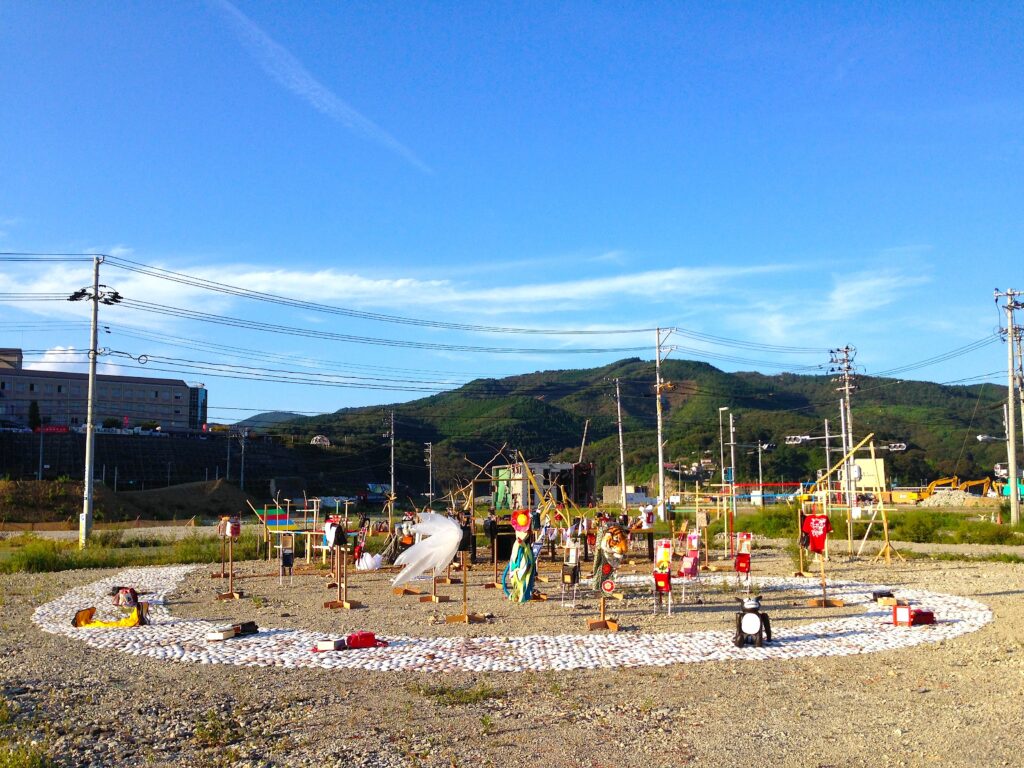
Destinations in Japan
Destinations in Canada(*Co-curators)
Photo Gallery


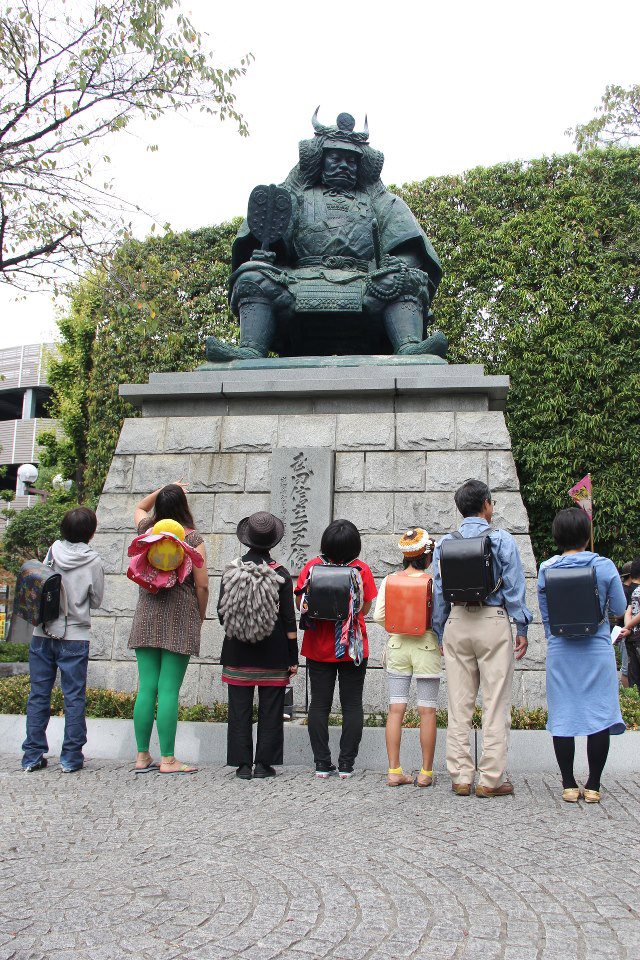
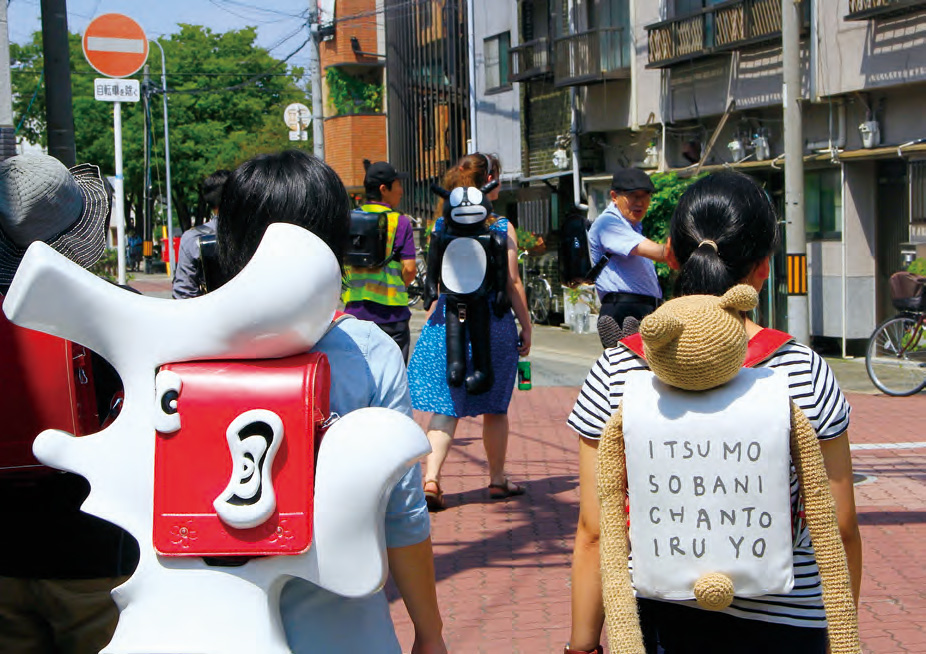
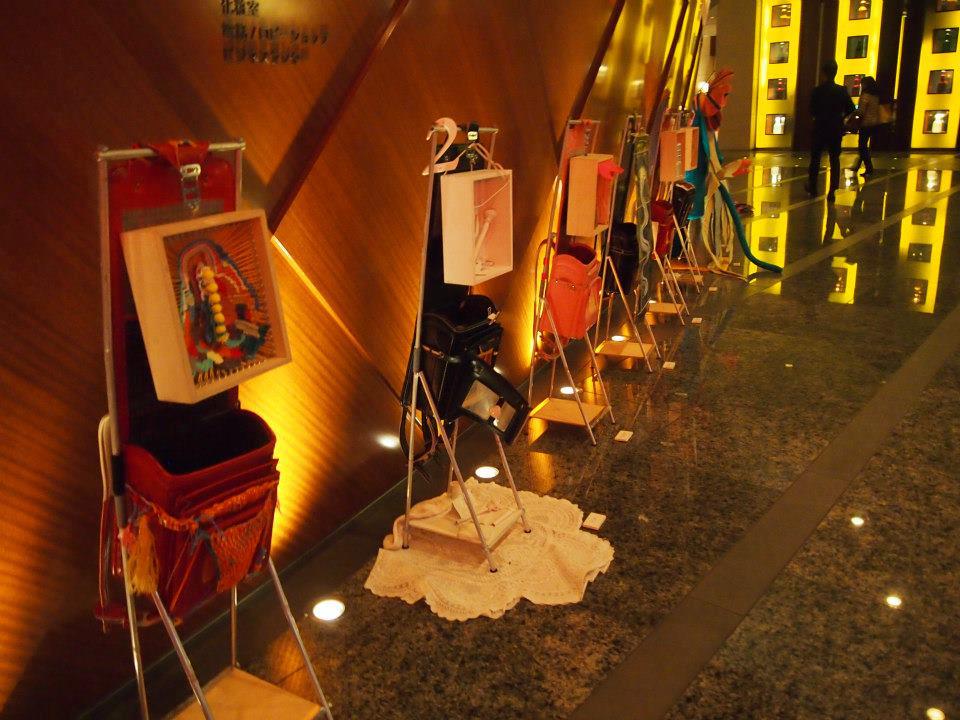

Field Trip Project Asia
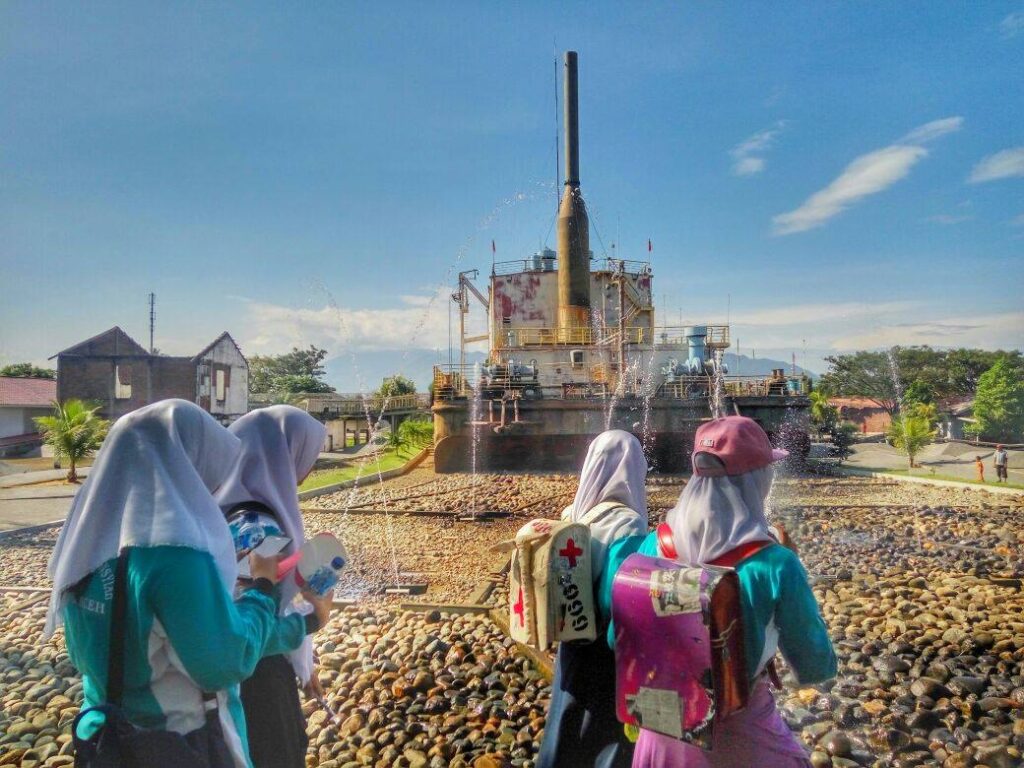
Field Trip Project Asia official website
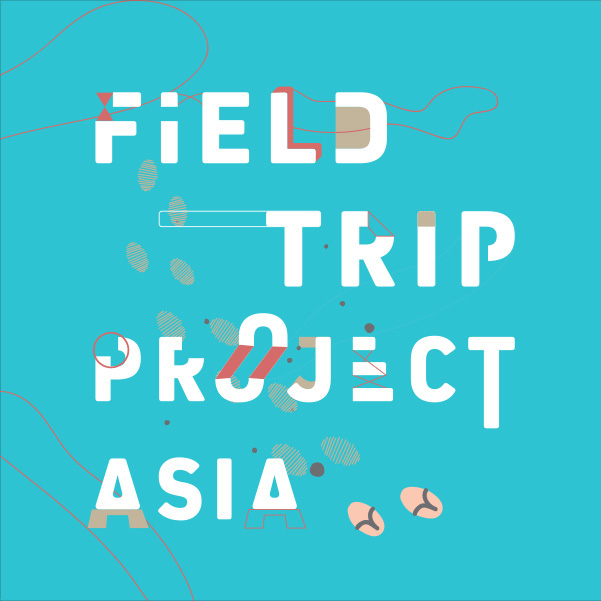
Destinations (*Co-curators)
Photo Gallery




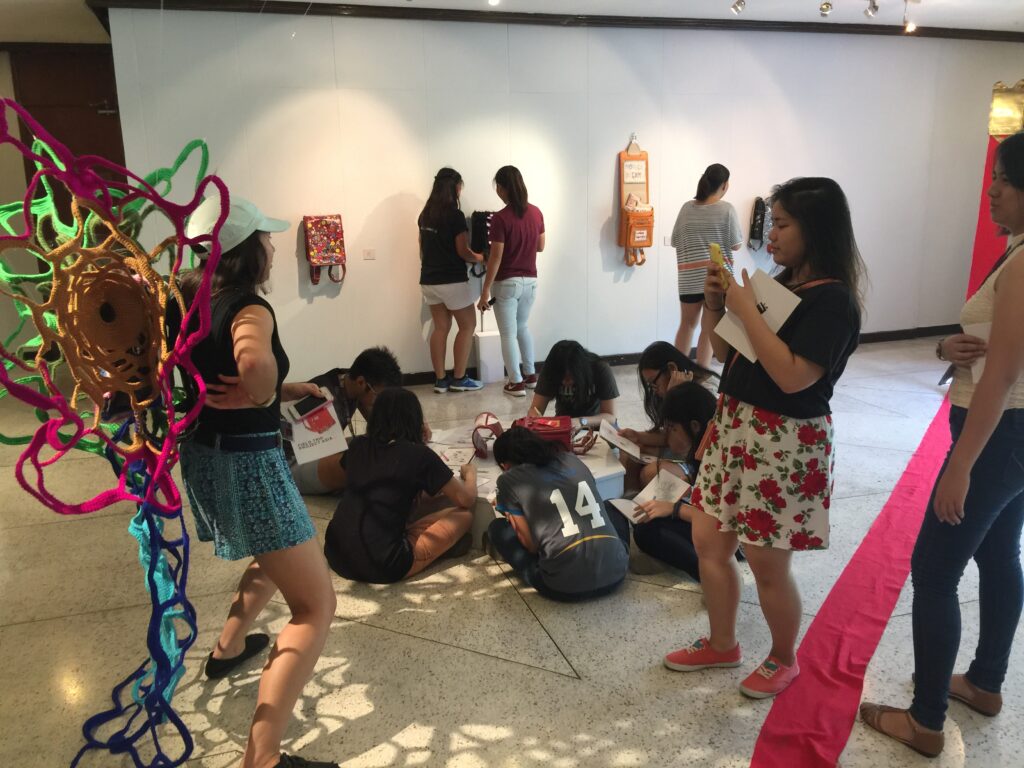
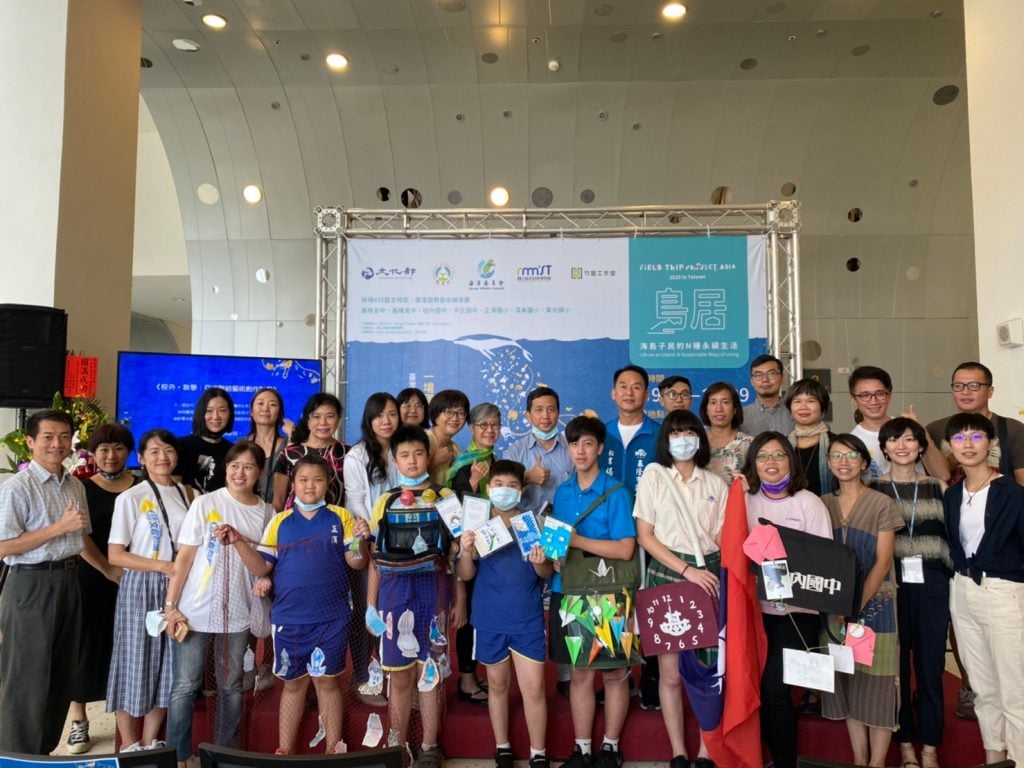
Publication: Disaster and Art
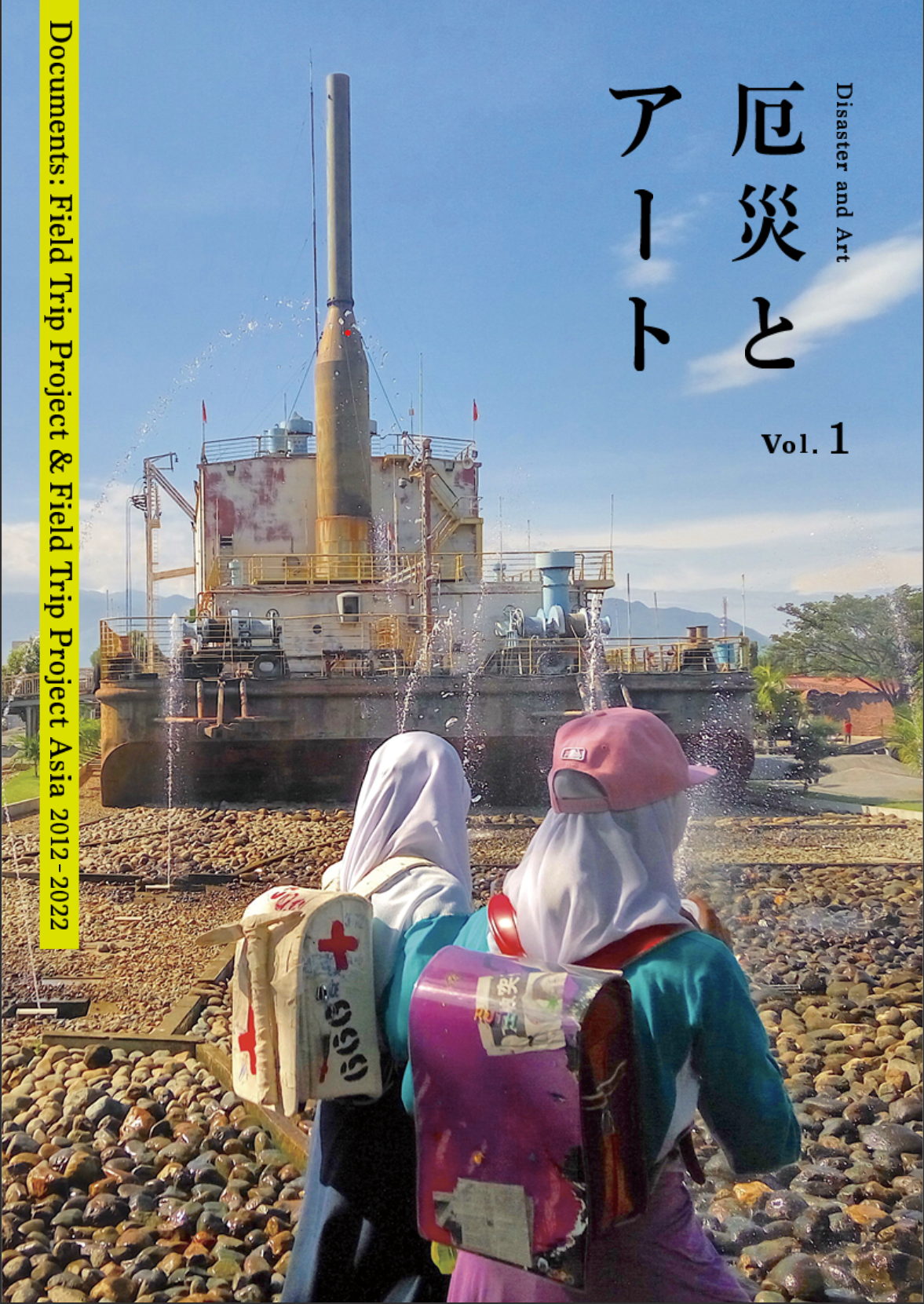
On the occasion of the 10th anniversary of the Great East Japan Earthquake, Field Trip Project/Field Trip Project Asia has completed touring exhibitions overseas and has begun preparations to set up a museum as a base in Ishinomaki City, Miyagi Prefecture, with the idea of preserving the history of the disaster. We have decided to create a documantation booklet that examines our activities over the past 10 years. The first installment focuses on interviews with participating artists and curators about activities carried out in the Philippines in 2015 and Indonesia in 2016. You can view it for free below.
2,000 yen each (tax included) in Japanese and English. Shipping charges will be added separately. We accept orders by email. aadastudygroup@gmail.com Please let us know your name, address, phone number, desired language and number of books.


